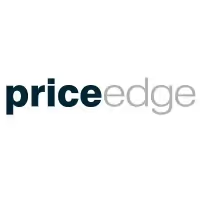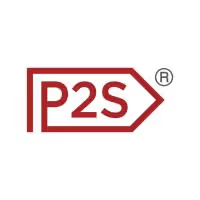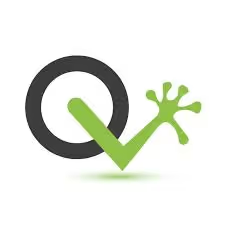What is AI pricing optimization?
AI pricing optimization uses artificial intelligence to set the best prices for products or services automatically.
What can AI pricing optimization do?
It maximizes revenue, improves profit margins, and adjusts prices based on market demand and competition.
How does AI pricing optimization work?
It analyzes data like sales, customer behavior, and competitors to recommend or change prices in real time.
Is AI pricing optimization easy to set up?
Most tools offer quick setup with simple integration and guided configuration for fast deployment.
Is AI pricing optimization free?
Few tools offer free versions, but most charge based on features or volume starting around $50/month.
What is the common AI pricing optimization pricing?
Typical pricing ranges from $50 to $500+ per month, depending on scale and features.
What are the types of AI pricing optimization?
Types include dynamic pricing, competitor-based pricing, and personalized pricing models.
Does AI pricing optimization work with email?
Yes, it can integrate with email to send price updates or promotional offers automatically.
What are the best AI pricing optimization tools?
Popular tools include Prisync, Pricefx, and Dynamic Pricing by Omnia.
What are common AI pricing optimization integrations?
They often connect with e-commerce platforms, CRM, ERP, and marketing automation tools.









